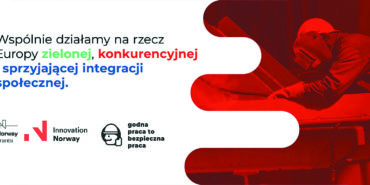What are the bodies of the International Labor Organization?
ILO bodies:
- International Labor Conference – the supreme body of the ILO, composed of delegates (four) from all members, 2. delegates from each member state should be represented by the government, 1 employers 'delegate and 1 workers’ delegate. The conference meets once a year in Geneva. Its main task is to formulate draft conventions and recommendations, the adoption of which requires 2/3 of the votes of the present delegations.
- Administrative Board – this is the governing body. It is composed of 56 people: 28 government representatives, 14 – employers and 14 – employees. They are elected by the Conference, with 10 government seats reserved for the most industrialized nations. The Council exercises general supervision over the activities of the International Labor Office and other ILO bodies, defines the ILO policy and program of activities, appoints the Director General, prepares the work and agenda of the Conference. It meets 3-4 times a year.
- International Labor Office – performs, headed by the Director General who is also the Secretary General of the Conference – the functions of the administrative body. The Office prepares the necessary documentation for the Conference, performs certain control functions in relation to the conventions adopted by the Conference, and publishes the organization’s materials.
The ILO has numerous subsidiary bodies, dozens of committees, commissions and 3 research institutes, as well as regional offices: for Africa in Addis Ababa, for Asia in Bangkok, for the Caribbean in Port-of-Spain, for Europe in Geneva, for the European Communities in Brussels, for Latin America in Lima, for the Middle East in Beirut.



